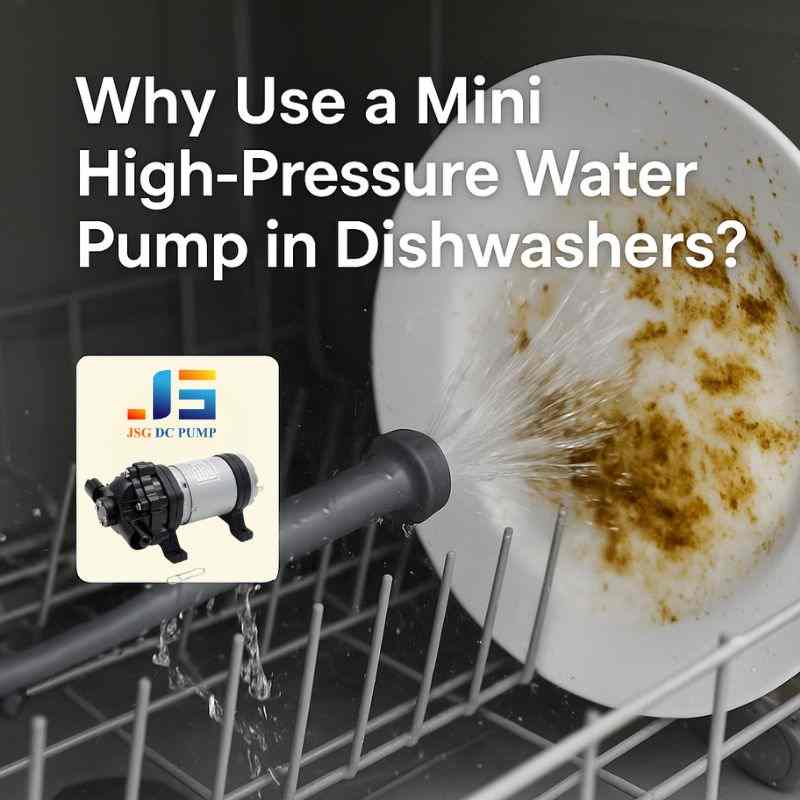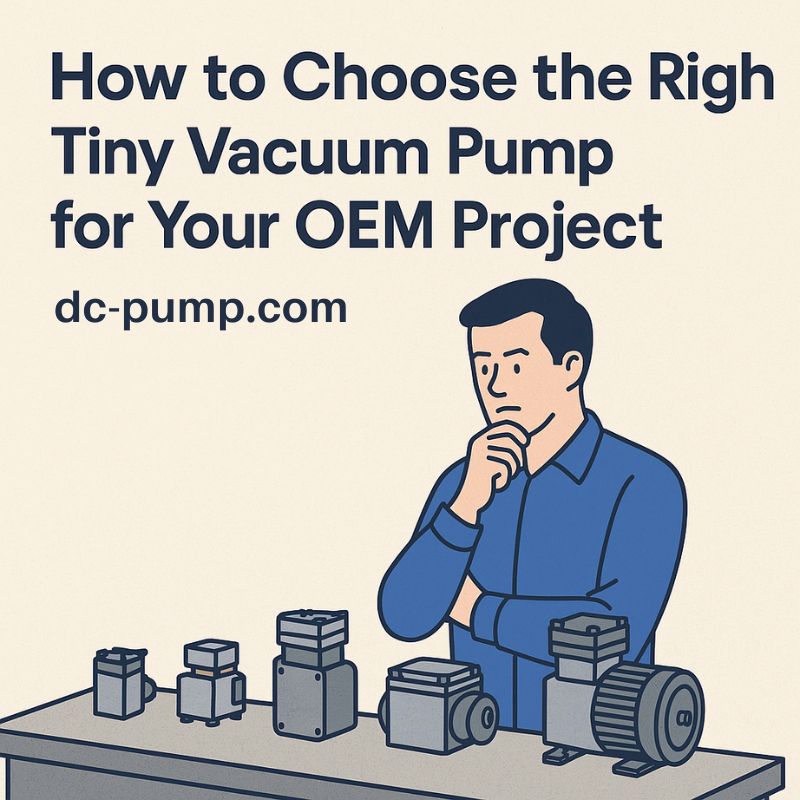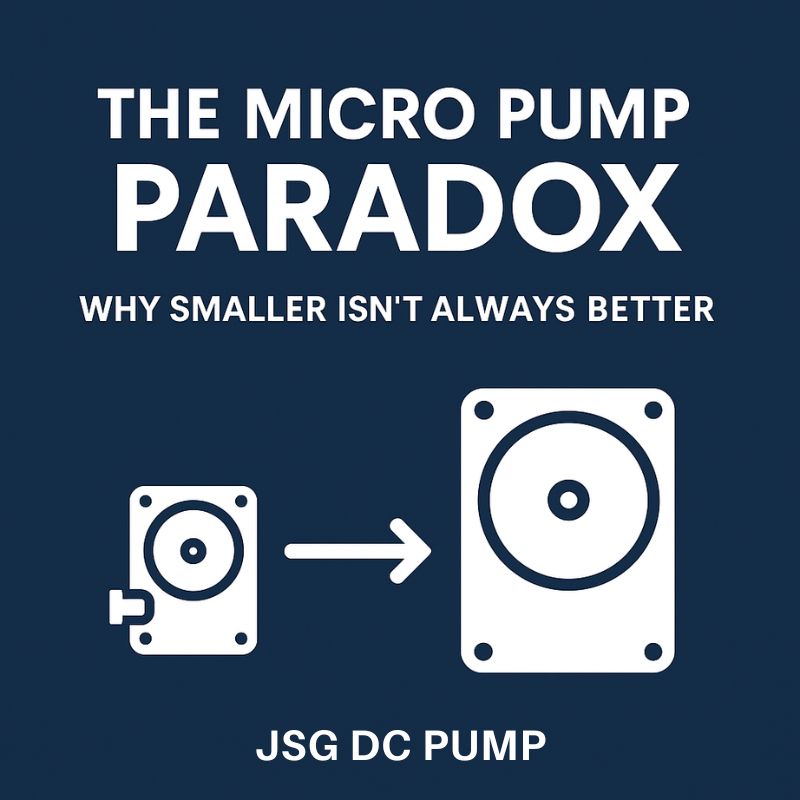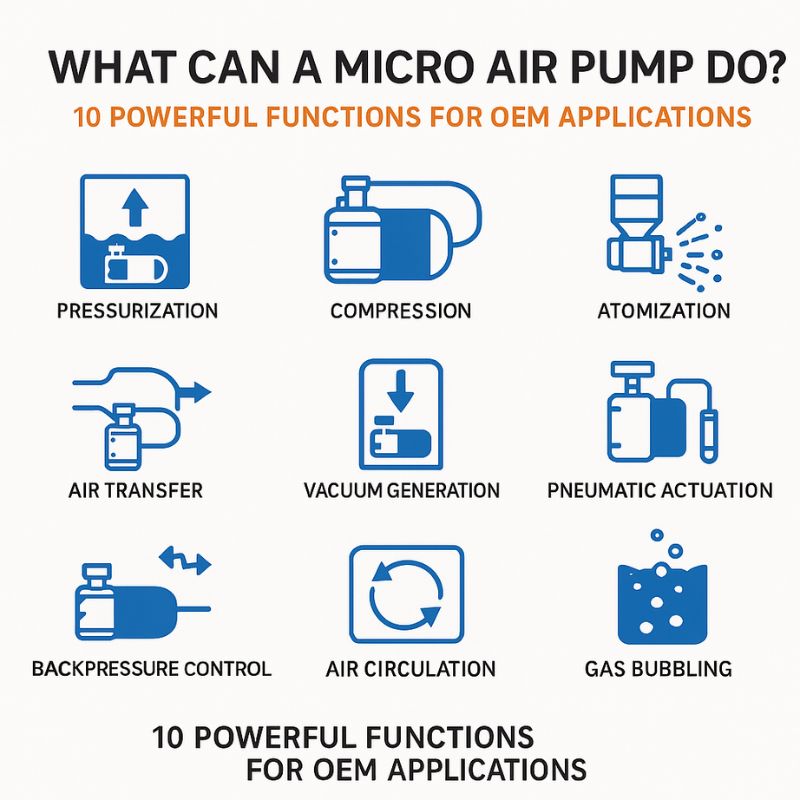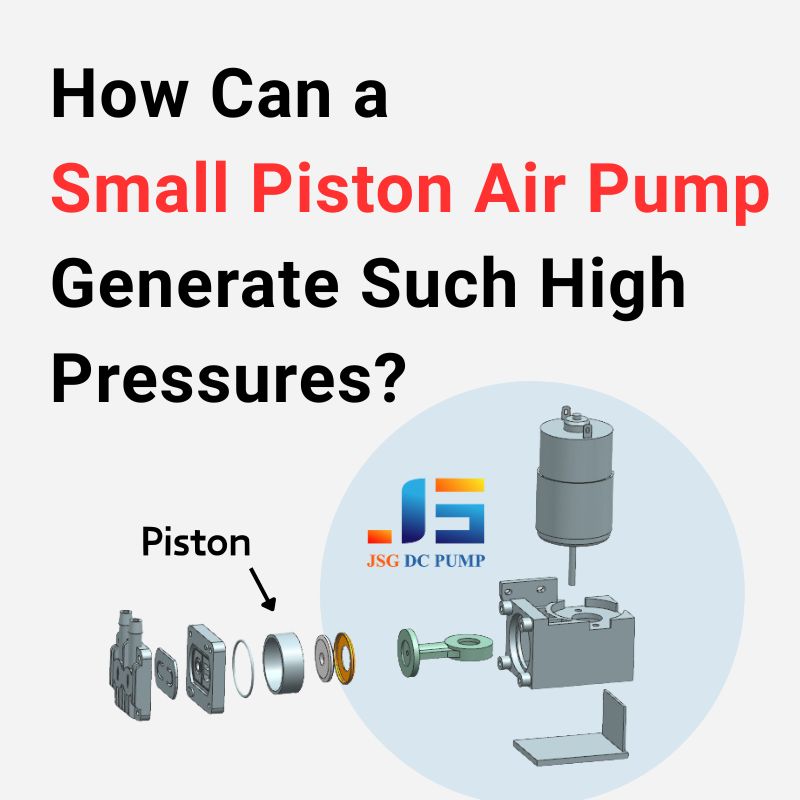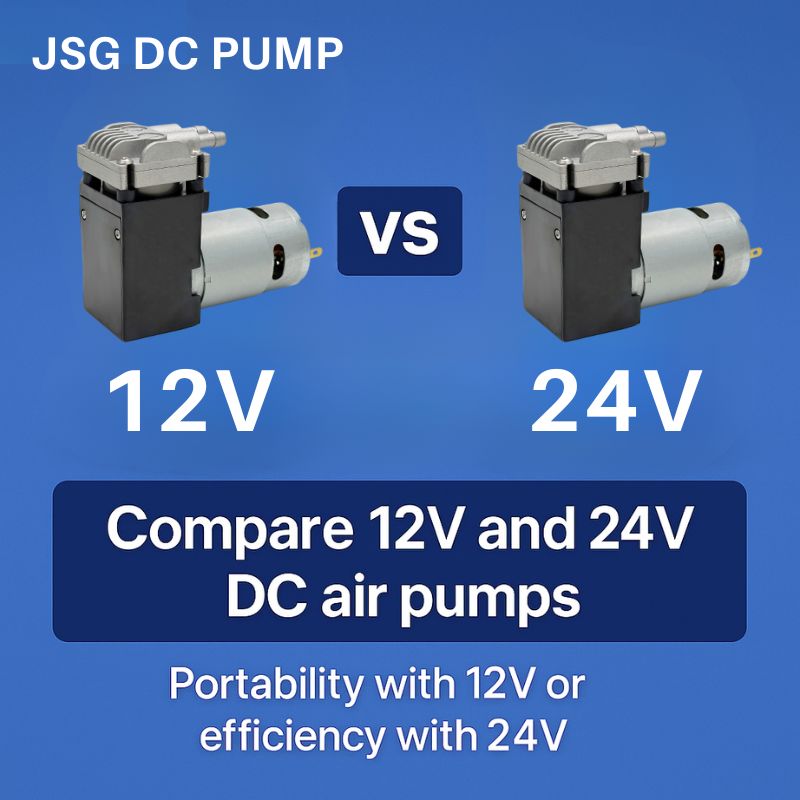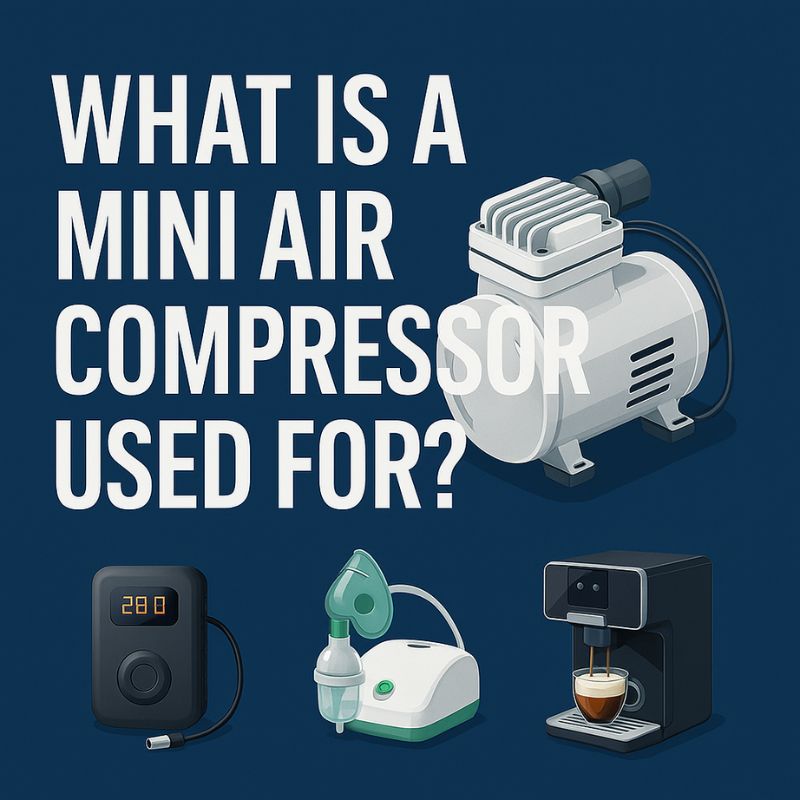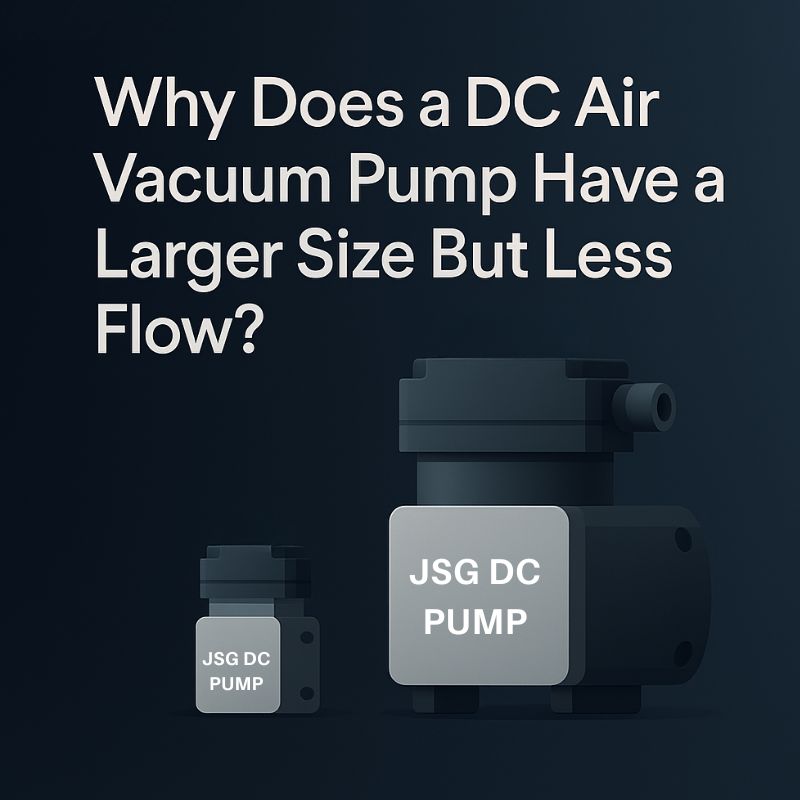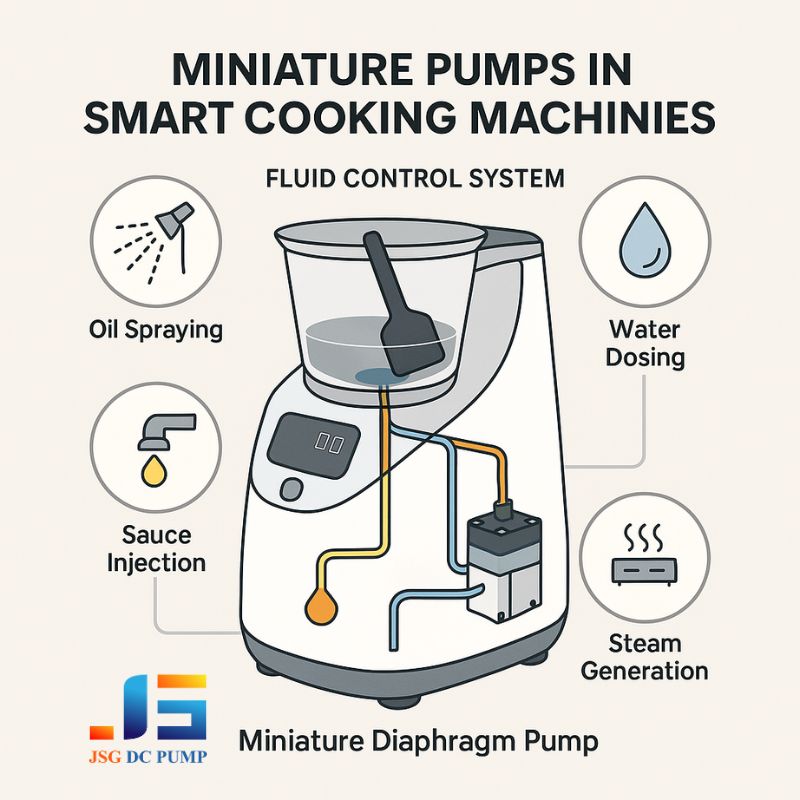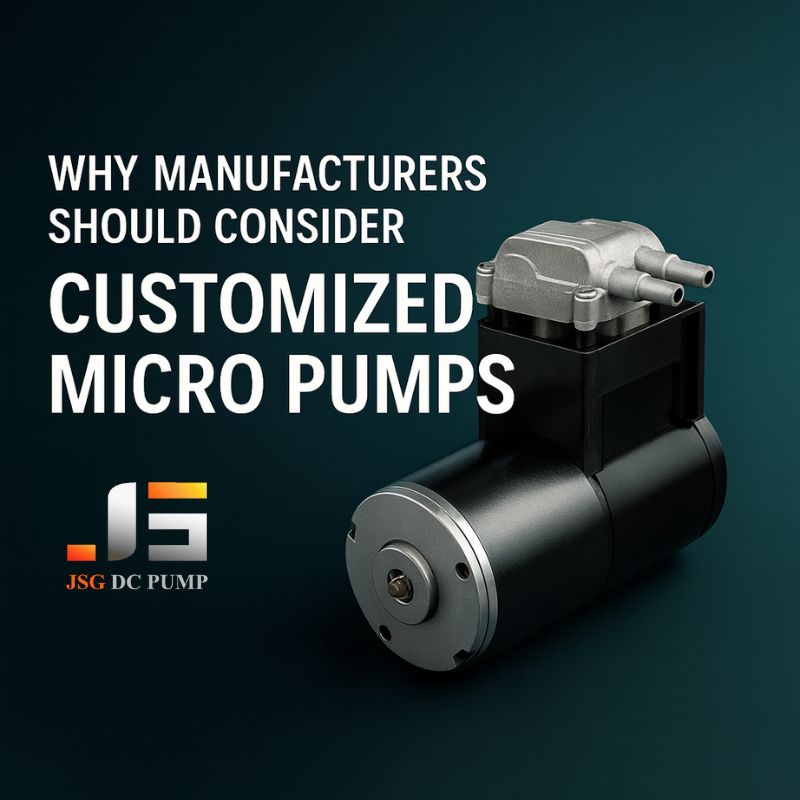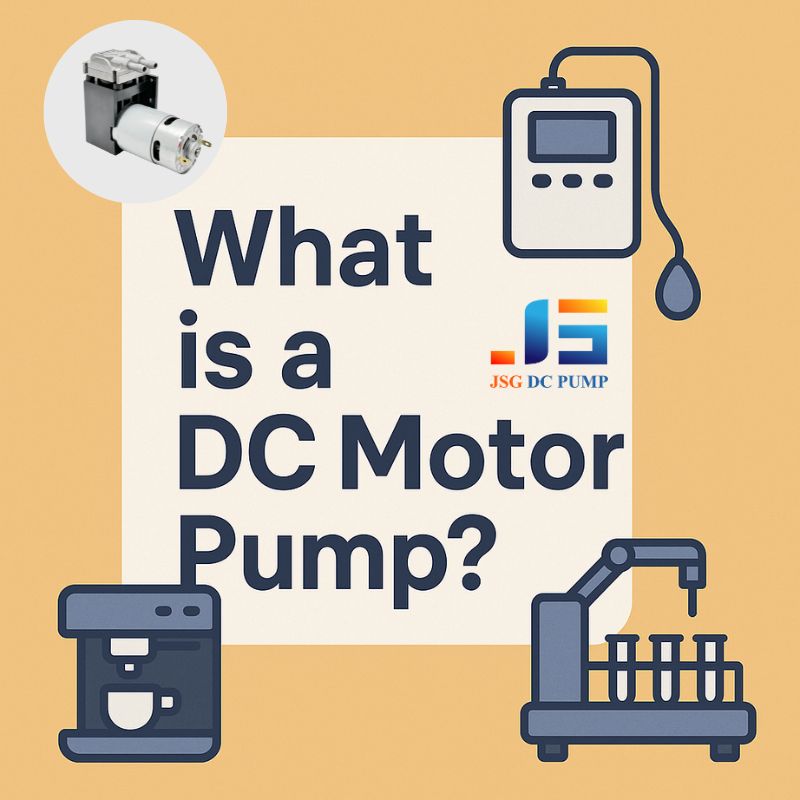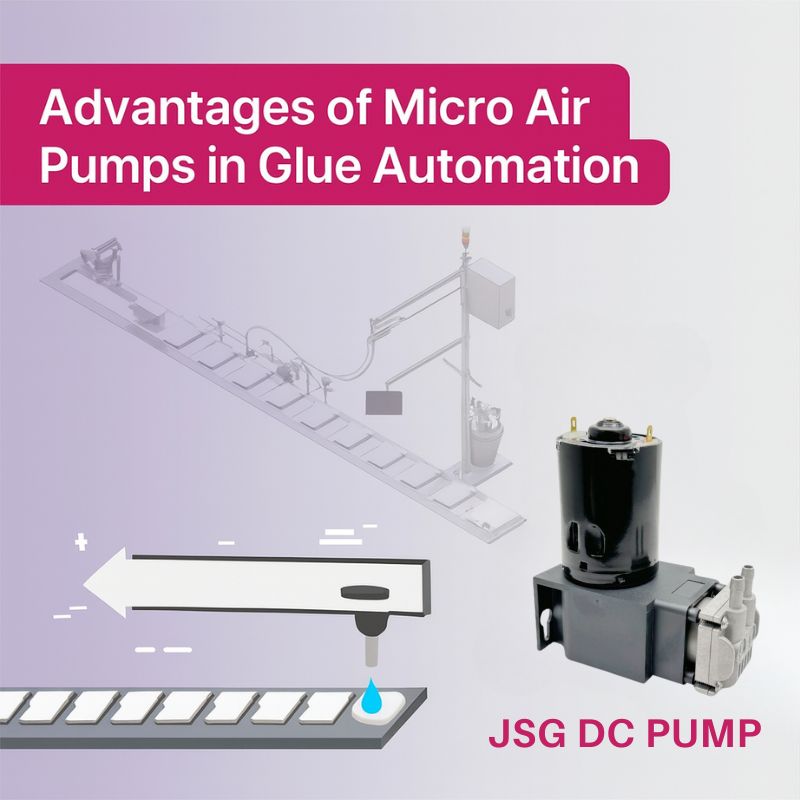Designing a dishwasher that truly cleans baked-on food is a major challenge. Standard spray arms often lack the force to remove stubborn grime, leading to frustrated customers who have to re-wash dishes by hand.
A mini high-pressure water pump acts as a targeted booster. It works with the main pump during intensive cycles to dramatically increase the spray pressure, blasting away stubborn food stains for a superior, reliable clean.
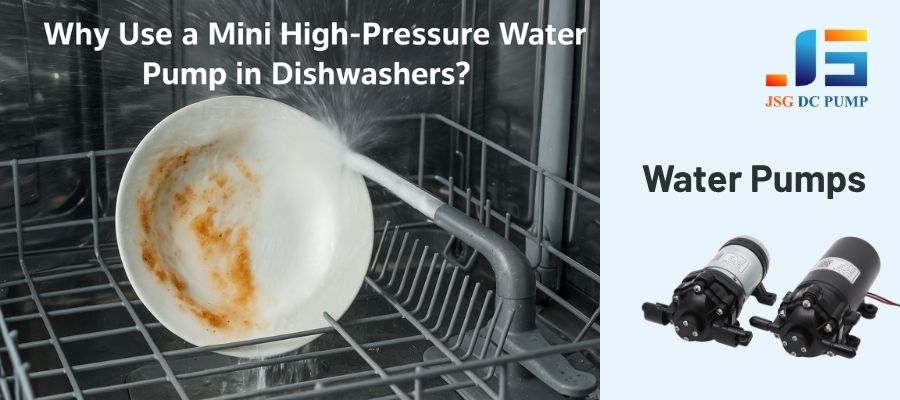
As an engineer at JSG DC PUMP, I’ve seen appliance design evolve. In markets like Europe and the USA, consumers expect more than just a basic wash; they demand performance. Simply circulating water isn’t enough anymore. The real innovation lies in how you control the force of that water. A small, secondary high-pressure pump is a clever solution that elevates a standard dishwasher into a high-performance cleaning machine. This component is the secret behind the “intensive,” “pro-wash,” or “pots and pans” cycles that customers love. Let’s look at how this system works.
What is the Purpose of the Main Pumps on a Dishwasher?
People might think a dishwasher has just one pump, but this can be confusing. Understanding the basic system is key to seeing why a third, high-pressure pump is such a smart addition.
A standard dishwasher uses two primary pumps: a large circulation pump to spray water onto the dishes and a smaller drain pump to remove the dirty water at the end of a cycle.
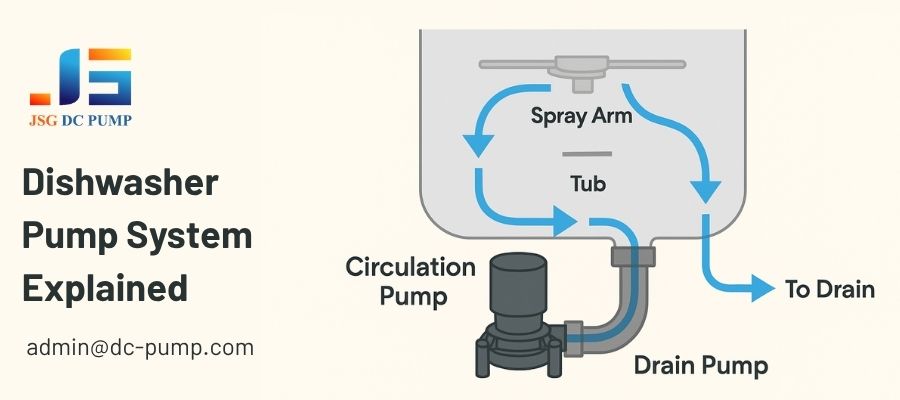
These two pumps form the foundation of any dishwasher, and they have very different jobs. Thinking about them clearly helps explain where a booster pump fits in.
- The Circulation Pump: This is the workhorse of the dishwasher. Its job is to move a large volume of water from the bottom of the tub up to the spray arms. It is a high-flow, relatively low-pressure pump designed for coverage—drenching all the dishes to wash away loose food and deliver detergent.
- The Drain Pump: This pump has a simpler task. After the washing or rinsing is done, it activates to pump the dirty water out of the dishwasher and into your home’s drain. It doesn’t need to be very powerful, just effective at emptying the tub.
This standard system is fine for everyday loads, but it often lacks the focused power needed for the toughest cleaning challenges.
What Does a High-Performance Mini High Pressure Water Pump Do?
Your standard cycle struggles with a casserole dish with baked-on cheese. This forces customers to pre-scrub by hand, defeating the purpose of having a dishwasher in the first place.
A high-performance booster pump acts like a turbocharger for the water. It works with the circulation pump to take the existing water flow and dramatically increase its pressure, creating a powerful jet that strips away tough, greasy food soils.
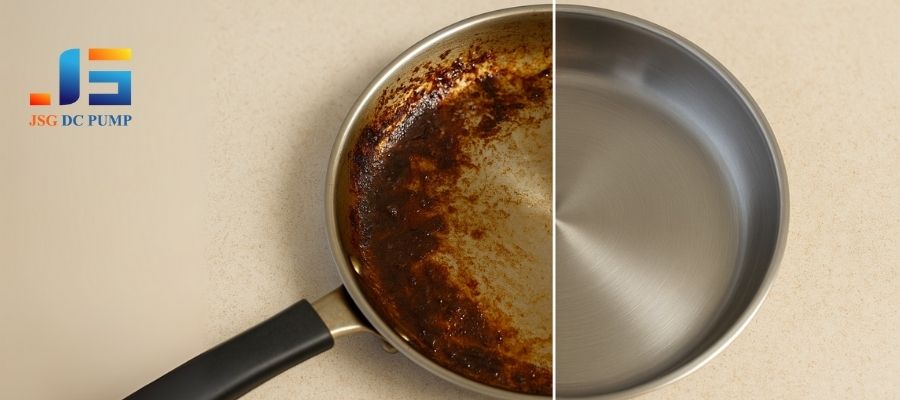
This is where your specific insight comes into play. The booster pump doesn’t replace the circulation pump; it enhances it. Think of the circulation pump as a wide, gentle garden hose, good for watering the whole lawn. The booster pump is like putting a high-pressure nozzle on that hose, creating a powerful stream that can blast mud off the sidewalk.
During an intensive cleaning cycle for pots and pans, the booster pump kicks in. It takes the water supplied by the circulation pump and pressurizes it to a much higher level before it reaches the spray arms. This high-pressure jet has the force needed to physically dislodge stubborn, oily, or caramelized food residue that a normal wash cycle would leave behind.
What is the Difference Between High-Pressure and Low-Pressure Pumps?
The terms “pressure” and “flow” are often used interchangeably, but they are very different. Choosing the wrong pump for a job leads to an inefficient and ineffective system.
High-pressure pumps focus on generating force (measured in Bar or PSI) to dislodge grime. Low-pressure, high-flow pumps (like circulation pumps) focus on moving large volumes of water quickly to ensure coverage and rinsing.
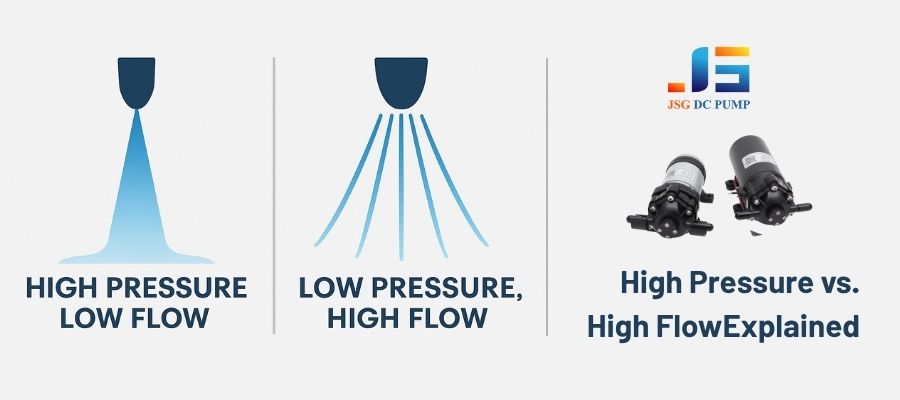
Understanding this distinction is fundamental for any engineer designing a fluid system. Each pump type is a specialized tool designed for a specific task. We can break down the key differences in a simple table.
| Feature | High-Pressure Pump (Booster) | Low-Pressure Pump (Circulation) |
|---|---|---|
| Primary Goal | Create Force / Impact | Move Volume / Ensure Coverage |
| Key Metric | Pressure (Bar / PSI) | Flow Rate (Liters per Minute) |
| Application | Removing stubborn, stuck-on dirt | Rinsing and general washing |
| Real-World Analogy | Pressure Washer | Garden Sprinkler |
A dishwasher needs both. It needs the high flow for general washing and the high pressure for targeted, deep cleaning power.
Why Not Just Use One Extremely Powerful Mini Pump?
It might seem simpler and cheaper to just use one very large, very powerful pump to do everything. However, this approach creates more problems than it solves, leading to poor performance and unhappy customers.
Using one oversized pump is inefficient and uncontrollable. It would waste significant energy during normal cycles and could be too harsh for delicate glassware. A separate booster pump allows for targeted power only when needed.
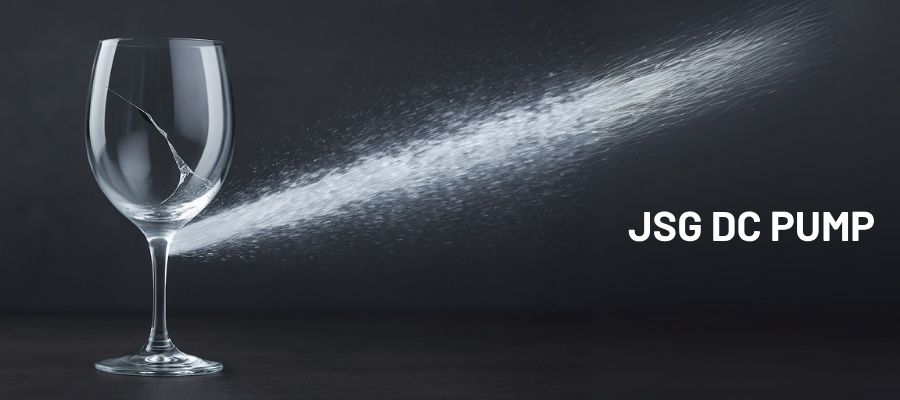
This is a classic engineering trade-off. While it seems simple, the “one-pump-fits-all” approach is a bad design for a few key reasons:
- Energy Waste: An extremely powerful pump would use a lot of electricity even for a light-duty “eco” cycle, where high pressure is unnecessary. This goes against modern standards for energy efficiency.
- Potential for Damage: That same high pressure that cleans a greasy pot could etch or even break delicate wine glasses and plates.
- Lack of Control: A two-pump system (circulation + booster) is smarter. It gives the user control. They can choose a gentle “eco” wash that only uses the circulation pump, or a heavy “pots & pans” cycle that activates the booster pump for extra power. It offers flexibility and efficiency.
How Does a Mini Booster Pump Affect Water and Energy Efficiency?
Consumers are very conscious of appliance efficiency. They may worry that a “high performance” or “intensive” cycle will lead to much higher water and energy bills, causing them to avoid using it.
A mini booster pump actually enhances overall efficiency. By providing a short burst of high pressure, it can clean more effectively, eliminating the need for extra-long cycles or wasteful pre-rinsing by hand, saving both water and time.
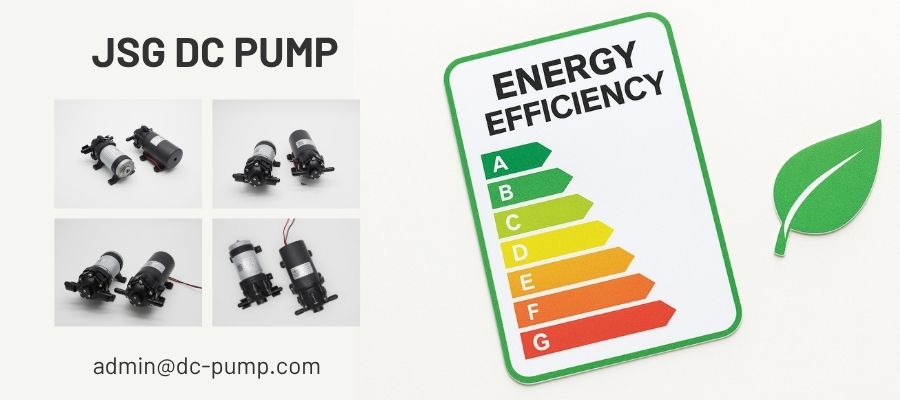
Contrary to what some might think, adding a second small pump can make the dishwasher more efficient, not less. The savings come from a smarter application of resources.
- Water Savings: The biggest source of water waste often comes from the user pre-rinsing dishes in the sink before loading them. A powerful booster cycle eliminates the need for this, saving gallons of water.
- Energy Savings: The booster pump itself is small and uses very little power. For example, our BD-07W model runs on just 1A at 12V. Running this small pump for a portion of the cycle is far more energy-efficient than running a single, oversized pump for the entire wash. It delivers power only when and where it is needed.
This targeted approach means you get exceptionally clean dishes without wasting resources.
Why is a Mini Diaphragm Pump the Best Choice for Integration?
Once you decide to add a booster pump, choosing the right type of pump is critical. The wrong choice could be noisy, unreliable, or difficult to fit into the product’s design.
A mini diaphragm pump is the superior choice because of its inherent technology. Its small size and simple mounting requirements make it incredibly easy for engineers to install and integrate into an existing dishwasher design.

As an engineer, your component choice affects the entire product design timeline. A mini diaphragm pump like our BD-07W isn’t just a part; it’s a design accelerator. It solves multiple problems at once, making it the ideal solution for adding a high-pressure feature.
| Advantage | Why It Matters for a Dishwasher Engineer |
|---|---|
| Diaphragm Technology | The pump is self-priming and can run dry without damage. This is a huge reliability benefit in an appliance where water flow isn’t always constant. |
| Small Size | Its compact footprint means you don’t need to redesign the entire dishwasher chassis. It can be easily added to an existing platform. |
| Easy Integration | With simple mounting points and standard connections, installation is fast, reducing assembly time and complexity on the production line. |
| High-Pressure Output | It generates a powerful 10 bar of pressure, providing the targeted cleaning force needed to remove stubborn food soils effectively. |
This combination of power, reliability, and ease-of-integration is why a high-pressure mini diaphragm pump is the smart, strategic choice.
Conclusion
A mini high-pressure diaphragm pump is a key upgrade for any modern dishwasher. It provides the power for a truly deep clean while its small size makes it easy to integrate.
Looking to optimize your dishwasher design with a compact, high-performance pump?
Contact JSG DC PUMP today for technical consultation and OEM solutions.
📧 Email: admin@dc-pump.com


